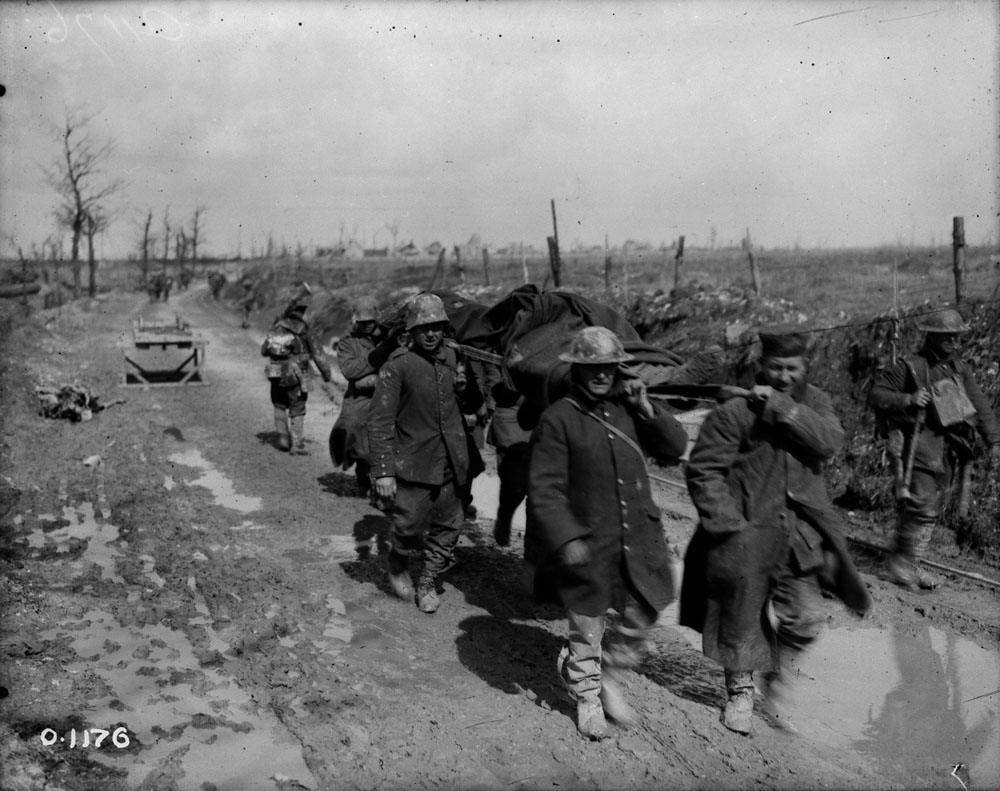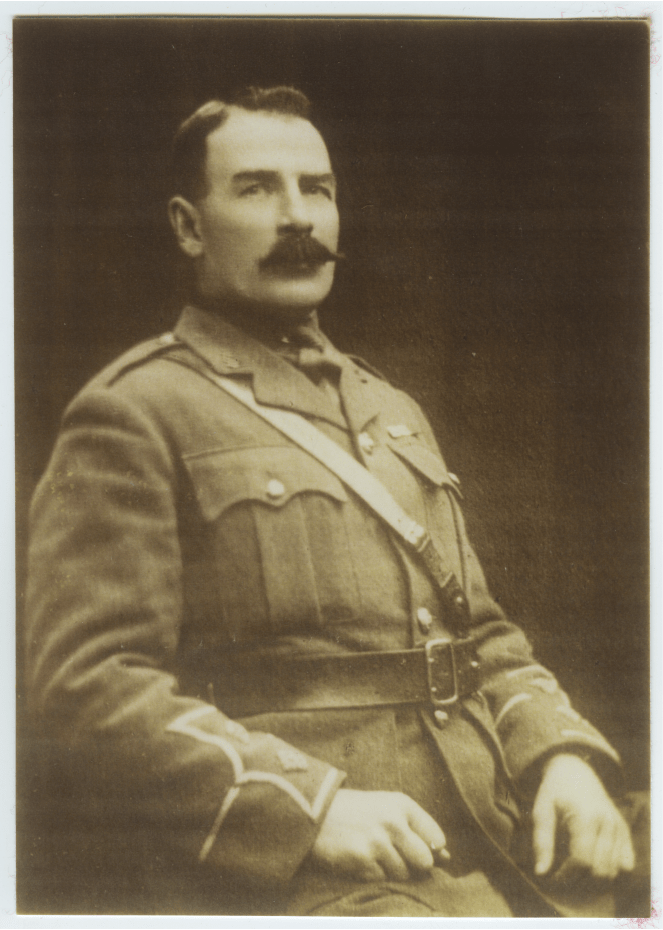The Cost of Victory
The battle was a success for the Allies, but at what price? 3,598 Canadians gave their life to take the ridge and nearly 7,000 others were injured. Many Germans died trying to defend the ridge, suffering approximately 20,000 casualties.
The Hague Convention allowed the employment of prisoners of war in forced labour provided that the work was not related to the war effort. Despite this, some prisoners built trenches or buried the dead on the battlefield. However, most worked in agriculture, railway construction, mining, or forestry.
William Holliday had been awarded the Military Cross medal, a prestigious decoration awarded for acts of exemplary gallantry, for his actions at Courcelette in September 1916. Discovering that he was the only officer left after taking the enemy’s position, he defended it against three counterattacks. He was wounded in the process, but held the position with a small party for 48 hours while waiting for reinforcements.
After healing from his wounds, William Holliday was back in action at the Battle of Vimy Ridge. On the first day of the battle, however, Holliday received a gunshot wound to his left thigh, which fractured the bone and made him seriously ill. He subsequently died from his wounds on April 16th 1917.
By the end of the war, tens of thousands of Canadians were buried on the battlefields by their comrades. A cross was used as a marker and gave brief details on the fallen soldier. Major Holliday did not have children. He was survived by his mother, Mrs. Mary Holliday, who received his medals, his memorial scroll and his memorial plaque, also known colloquially as the ‘dead man’s penny’.


